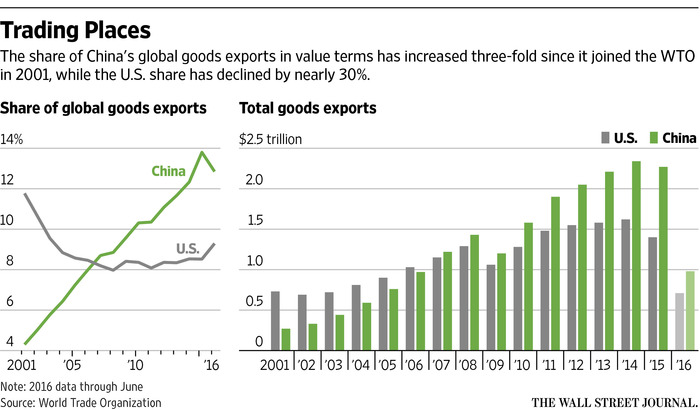Escalating Trade Tensions in the EV Supply Chain
The United States Department of Commerce has taken a significant step in its ongoing efforts to protect domestic industries by announcing preliminary anti-dumping duties of 93.5 per cent on graphite-based anode materials imported from China. This move is seen as a major escalation in trade tensions within the electric vehicle (EV) supply chain. The decision follows a months-long investigation that uncovered evidence of Chinese producers selling graphite at unfairly low prices in the US market, which is believed to be undermining domestic manufacturers.
The penalties specifically target graphite anode materials with a minimum carbon purity of 90 per cent by weight. These include synthetic, natural, or blended graphite—key components in lithium-ion batteries used in EVs. According to the Commerce Department, imports of these materials from China reached $347.1 million in 2023. BloombergNEF reported that nearly two-thirds of all US graphite imports came from Chinese suppliers, highlighting the extent of the dependency on Chinese sources.
Cumulative Tariffs Exceed 160 Percent
This latest decision is part of a broader pattern of increasing tariffs and duties on Chinese graphite. In May, the Commerce Department imposed countervailing duties of 6.55 per cent for most producers, with some firms facing rates as high as 721 per cent. When combined with existing 25 per cent Section 301 tariffs and 30 per cent retaliatory duties, the effective import penalty now exceeds 160 per cent.
The anti-dumping and countervailing duty petitions were filed by the American Active Anode Material Producers, a coalition that includes companies such as Anovion Technologies, Syrah Technologies, and Novonix Anode Materials. The Commerce Department is expected to issue a final determination by December 5, 2025.
Pushback from Automakers and Battery Suppliers
Major players in the EV industry, including Tesla and battery supplier Panasonic, have expressed concerns over the new tariffs. They argue that US producers are not yet capable of meeting the scale and quality standards required for mass production. The announcement led to a decline in Tesla’s shares by 1.4 per cent on July 17.
Sam Adham, head of battery materials at CRU Group, highlighted the financial impact of the tariffs, stating that they could add roughly $7 per kilowatt-hour to battery costs—nearly 20 per cent of the value of US battery tax credits. He warned that this could erase one to two quarters of profits for Korean battery makers operating in the US.
Strategic Shifts in Energy Security
The tariffs come amid growing efforts by the US to reduce reliance on Chinese critical minerals. The International Energy Agency (IEA) recently classified graphite as among the most supply-risk-exposed battery materials, underscoring the strategic importance of securing alternative sources.
As Washington prioritises energy security and EV supply chain resilience, the ruling may encourage domestic investments in graphite production. However, it could also lead to increased short-term costs for automakers and potentially slow down EV adoption in the US. The long-term implications of these measures remain to be seen, but they signal a clear shift in the approach to managing critical resources in the evolving EV landscape.







